"We firmly believe that the Internet of Things will change every aspect of human society, business and everyday life." In a recent media interview, u-blox CEO Thomas Seiler said.
In 1997, u-blox was established in Switzerland. It initially entered the automotive market with GPS module products. Since then, it has continuously expanded its technical reserves and business boundaries, and quickly became a heavyweight enterprise in the Internet of Things market. In 2018, its total revenue reached 393 million Swiss francs (about 398 million US dollars), with a compound annual growth rate of 12% in 2013-2018.
Seiler said that based on the core technologies of positioning, cellular communication and short-range communication, u-blox has created a product and solution matrix consisting of chips, modules and professional services. Its strengths are complete solution capabilities, fully self-developed technology, competitive cost-effectiveness, a reliable product roadmap, and hardware-based services such as feature enhancements, secure connectivity, and lifetime technical support. At the same time, u-blox performs the most demanding quality control and reliable and timely delivery, enabling customers to bring their products to market quickly and with low risk.
Seiler further stressed that u-blox hopes to play a more important role in the future ecosystem of the Internet of Things industry, using diversified technologies for emerging fields, focusing on four major areas of autonomous driving, industrial interconnection, smart city and consumer electronic interconnection. Looking forward to the future, u-blox will continue to pursue technology leadership to maintain a competitive edge. The main R&D investment will include autonomous driving, wireless core technology, GNSS core technology, security, product robustness, and more compact size and lower cost.
“u-blox is ready for the next breakthrough innovation. We have invested a lot of resources in research and development, and more than 700 of our 1,000 emloyees worldwide are engaged in research and development. In addition, we invest about 20% of our revenue every year in R&D. In 2018, our R&D investment is 19.1% of revenue,” Seiler said.

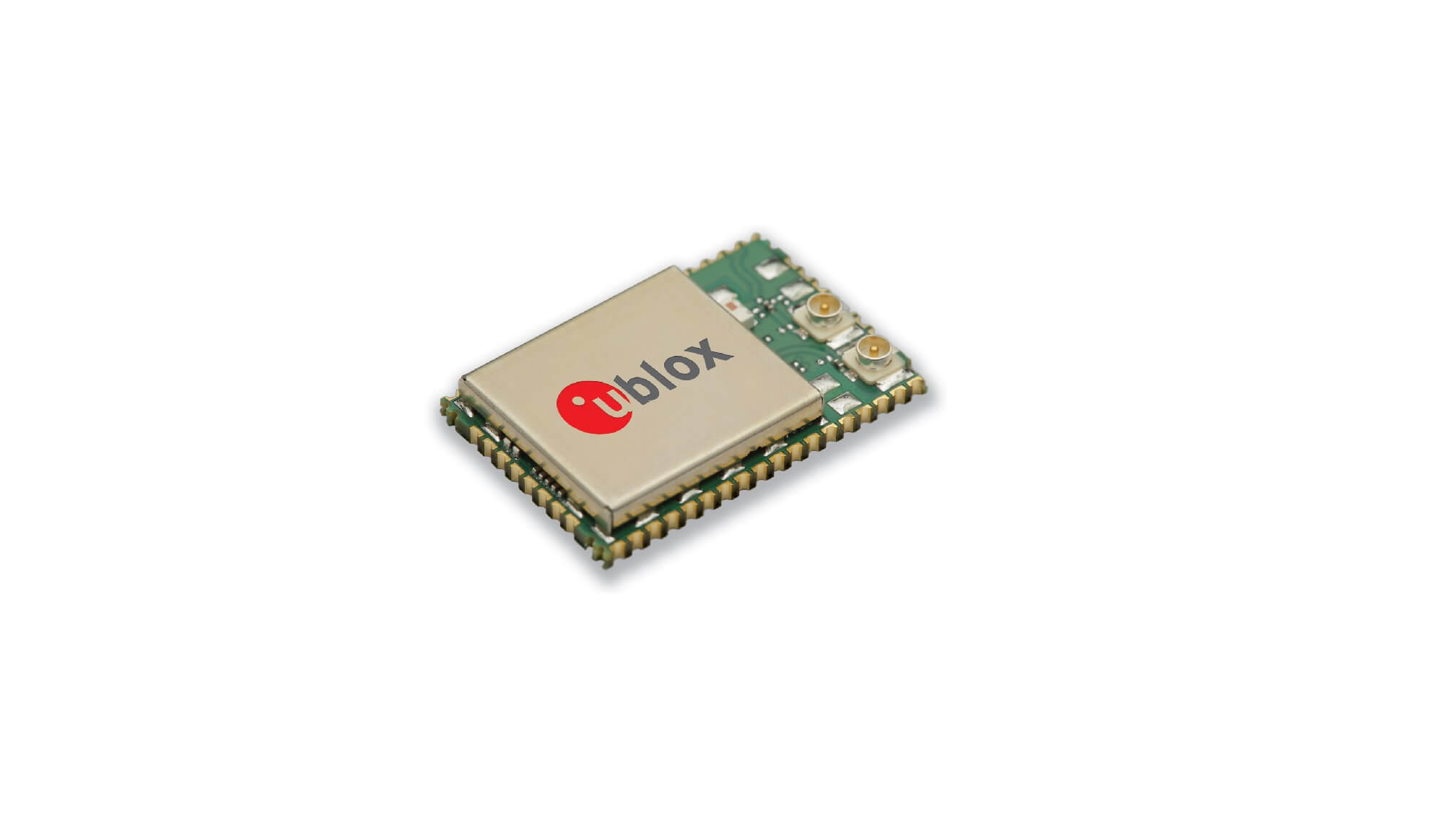

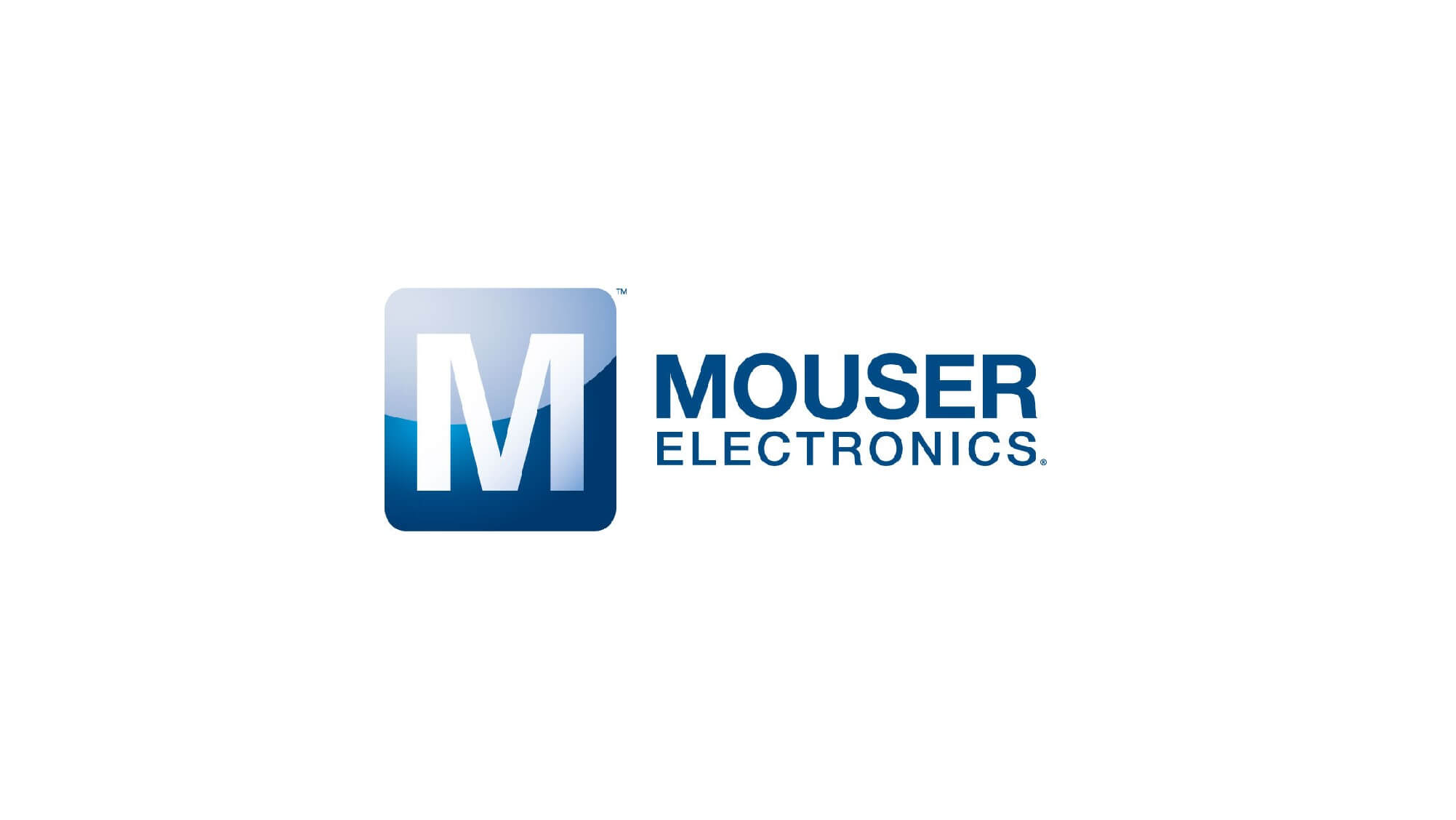


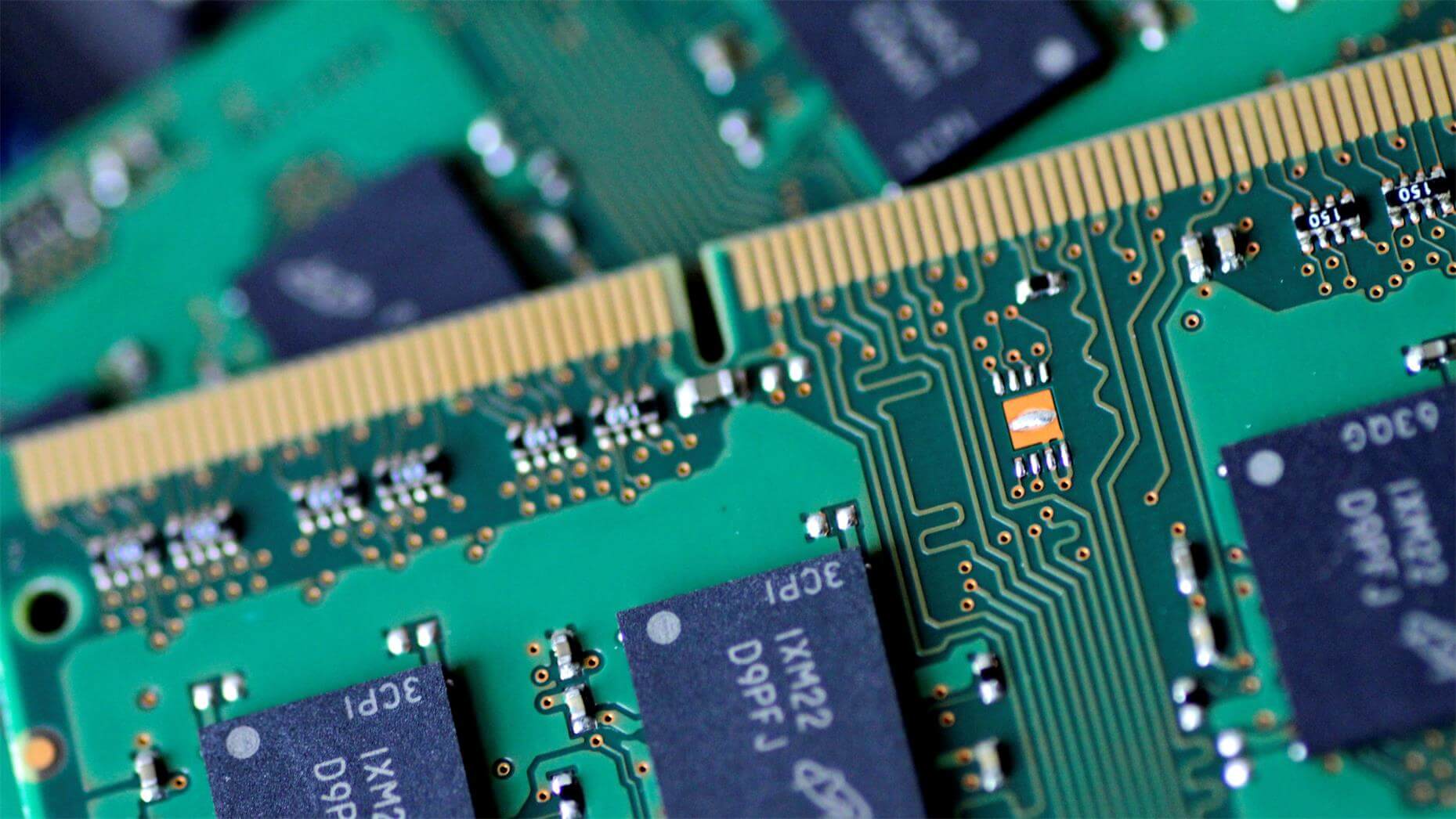


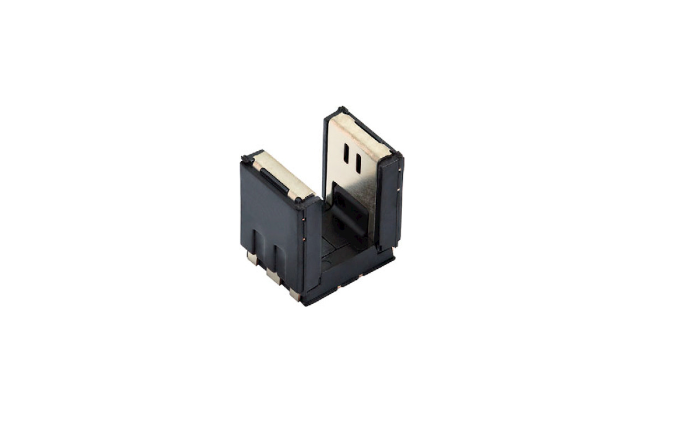
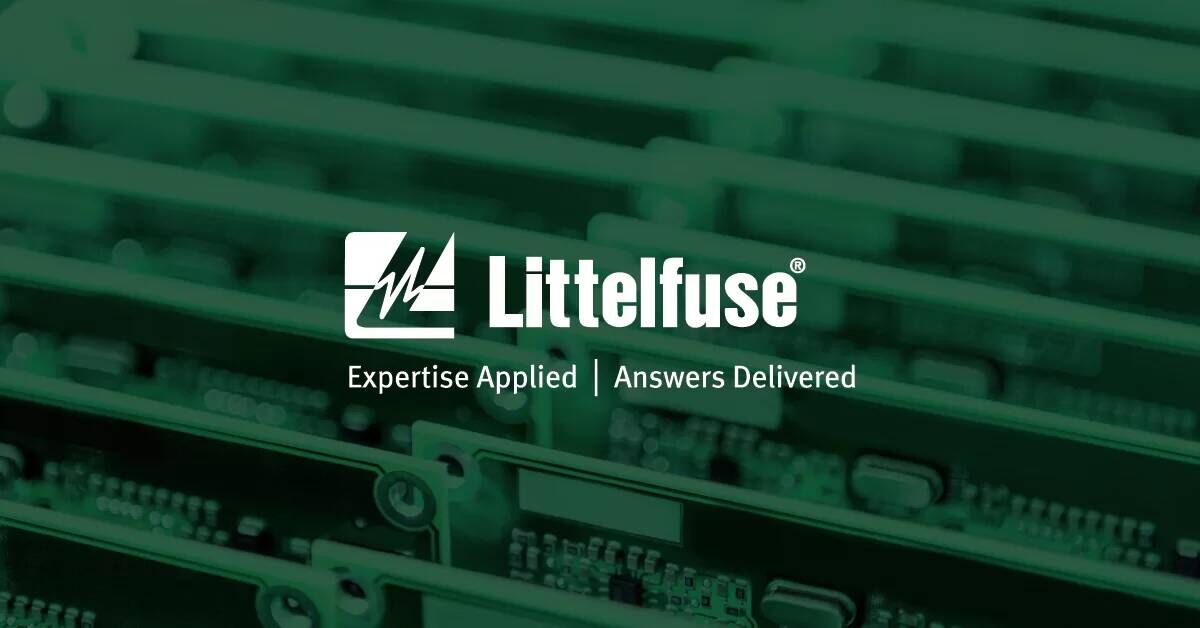
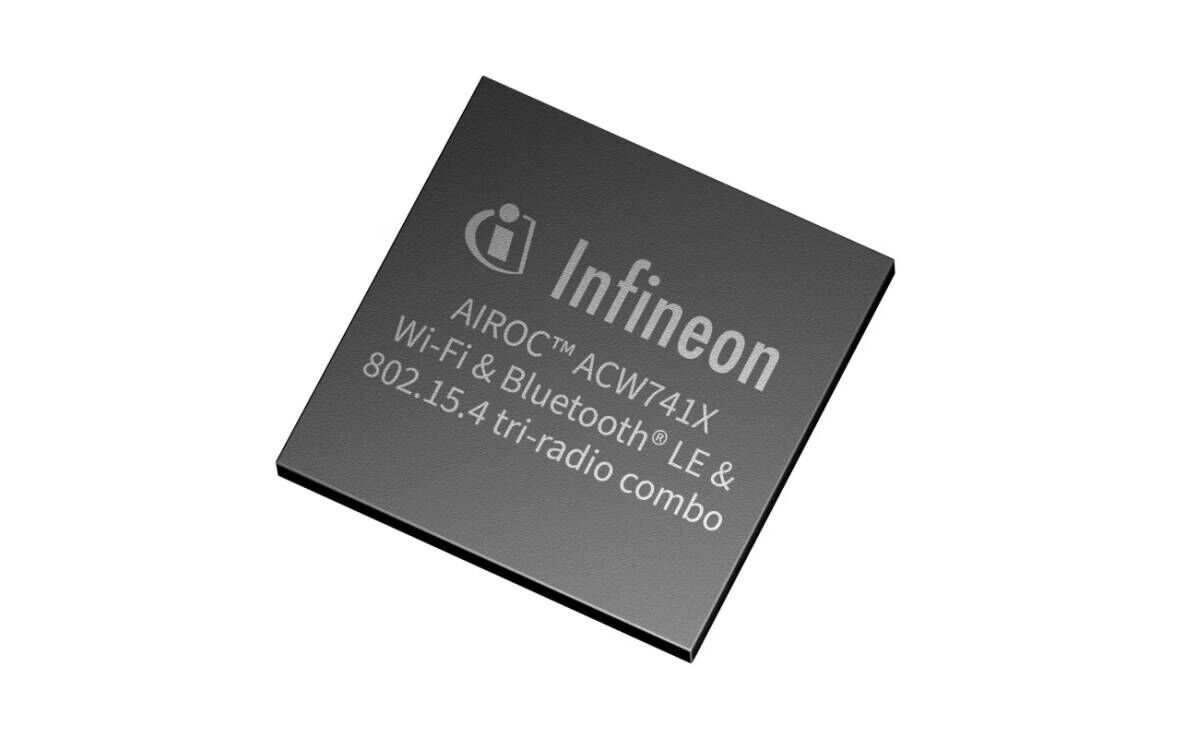
All Comments (0)